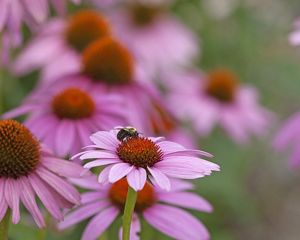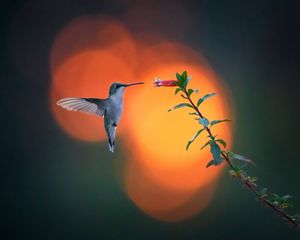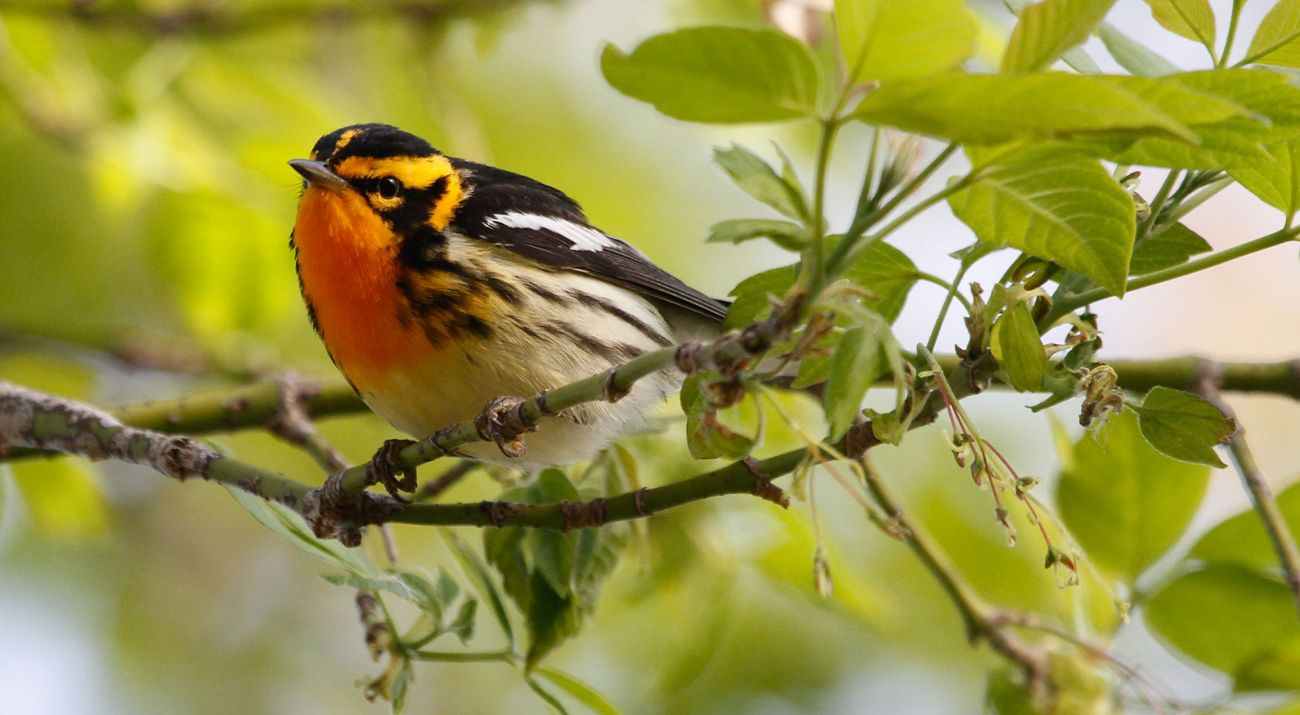
Spring and Fall Birding in Ohio
Spring and fall bird migrations will delight novice and seasoned birders alike. Discover some of the migratory birds you can spot at our preserves!
Since 1958, The Nature Conservancy in Ohio has protected more than 60,000 acres of some of the state’s most important and beloved natural lands and waters. From the Appalachian forests in the south to Lake Erie’s coastal marshes in the north, we’ve protected a wide and varied spectrum of habitats, which in turn support a rich diversity of bird species.
Why go birding? For starters, it’s a great excuse to spend time outdoors and connect with nature—something that is proven to make people happier, healthier and smarter. It’s also an inexpensive hobby: All you really need to begin is a pair of binoculars, a birding guide and maybe a camera or notepad to capture the birds you’ve spotted.
This guide provides an introduction to migratory birds you might spot at our open preserves during their spring and fall migrations.
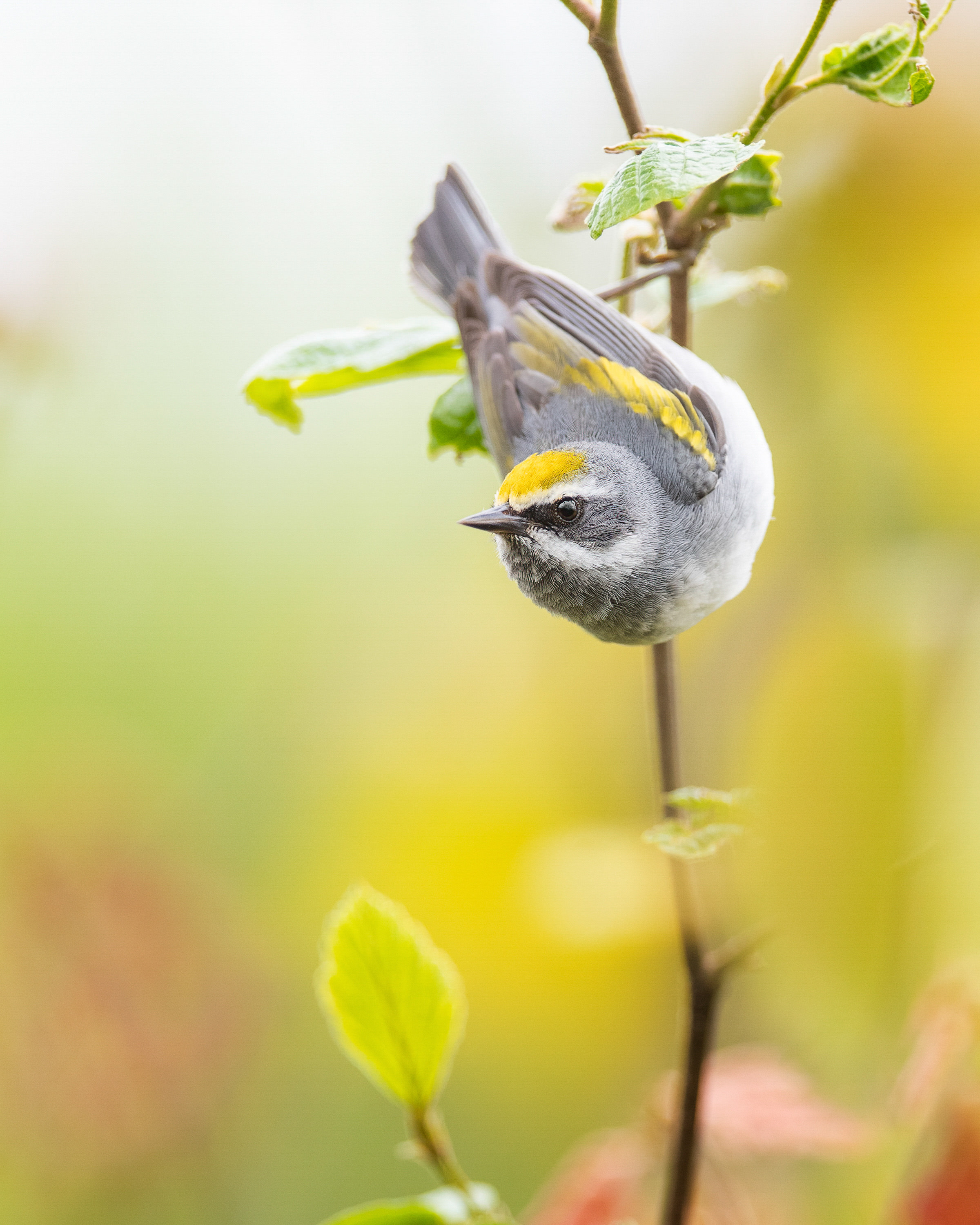
Kitty Todd Nature Preserve
Our Kitty Todd Preserve consists of nearly 1,200 acres of northwest Ohio’s Oak Openings Region. This complex of oak savanna and wet prairie developed on sand and clay deposited by glacial Lake Warren, the ancient predecessor of present-day Lake Erie. The combination of porous sandy soils of the former beach ridges and an impervious clay layer beneath those soils creates an unforgiving environment that fluctuates from flooding in the spring to arid in midsummer—creating a variety of habitat types for birds. All told, Kitty Todd is home to roughly 140 native bird species. Spring and fall migrants at this preserve: Swainson’s thrush, ruby-crowned kinglet, yellow-bellied sapsucker, white-crowned sparrow, palm warbler, Tennessee warbler and golden-winged warbler.

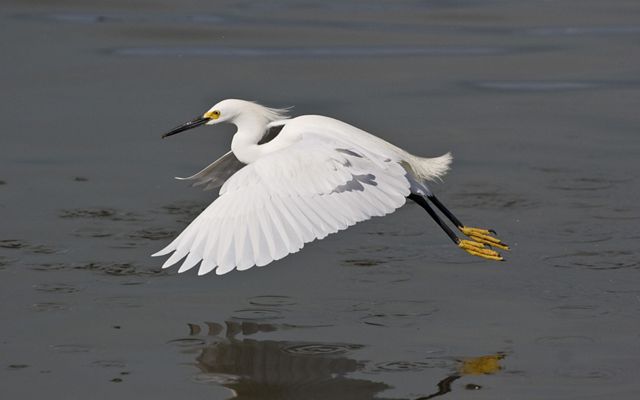
Great Egret Marsh Preserve
Great Egret Marsh Preserve consists of more than 150 acres of marsh and surrounding upland in Ottawa County, across the road from East Harbor State Park. The preserve’s marshes are part of the West Harbor Basin, a long, narrow pool of Lake Erie backwater that geologists believe was once the channel of the Portage River. The natural productivity of the preserve’s coastal marshes makes it a haven for the millions of birds that feed and rest in the region each year during spring and fall migrations. Spring and fall migrants at this preserve: gadwall, lesser scaup, American wigeon, Eurasian wigeon, green-winged teal, common goldeneye, snowy egret, palm warbler, black-bellied plover, American golden-plover, dunlin, stilt sandpiper and Wilson’s snipe.

Morgan Swamp Preserve
At 2,000 acres, Morgan Swamp Preserve is home to an abundance of wetlands, including swamps, bogs, beaver ponds and vernal pools. It’s part of a greater wetland system called the Grand River Lowlands, which got its start some 12,000 years ago when portions of northeastern Ohio’s Ashtabula and Trumbull Counties were occupied by a large glacial lake. These wetlands are critical to the health of the Grand River, a designated Wild and Scenic River, and are the backdrop for many of the 100 bird species that have been documented there. Spring and fall migrants at this preserve: green-winged teal, gadwall, American wigeon, hooded merganser, white-crowned sparrow, brown creeper, rusty blackbird and winter wren.
Lucia S. Nash Preserve
Our Lucia S. Nash Preserve in northeast Ohio protects wetland habitat that supports many migratory birds.
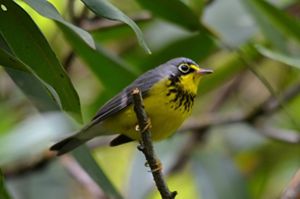
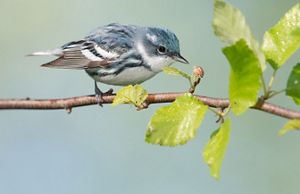
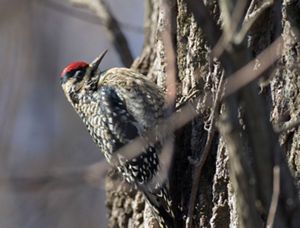
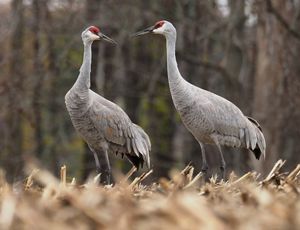

Canada Warbler: A Canada warbler rests on a branch. © Creative Commons/Tom Buehl Jr.

Cerulean warbler: Cerulean warblers breed in older deciduous forests. © Matt Williams

Yellow-Bellied Sapsucker: Yellow-bellied sapsuckers overwinter in warm climates. © Andrew Weitzel/Creative Commons

Sandhill Cranes: Wetland restoration projects help many species like migratory sandhill cranes. © Jackie Riley
The 650-acre Lucia S. Nash Preserve is part of a larger 20,000-acre wetland complex of boggy bottomland known as the Cuyahoga Wetlands—an area considered one of the finest remaining glacial wetlands in Ohio. The preserve protects wetland habitat including the only remaining old-growth white pine boreal fen in Ohio. The wetlands of Lucia Nash paired with Snow Lake—a small kettle lake surrounded by emergent marsh, sedge meadow and shrub swamp—support many migratory bird species. Spring and fall migrants at this preserve: sedge wren, cerulean warbler, Virginia rail, Canada warbler, yellow-bellied sapsucker and sandhill crane.
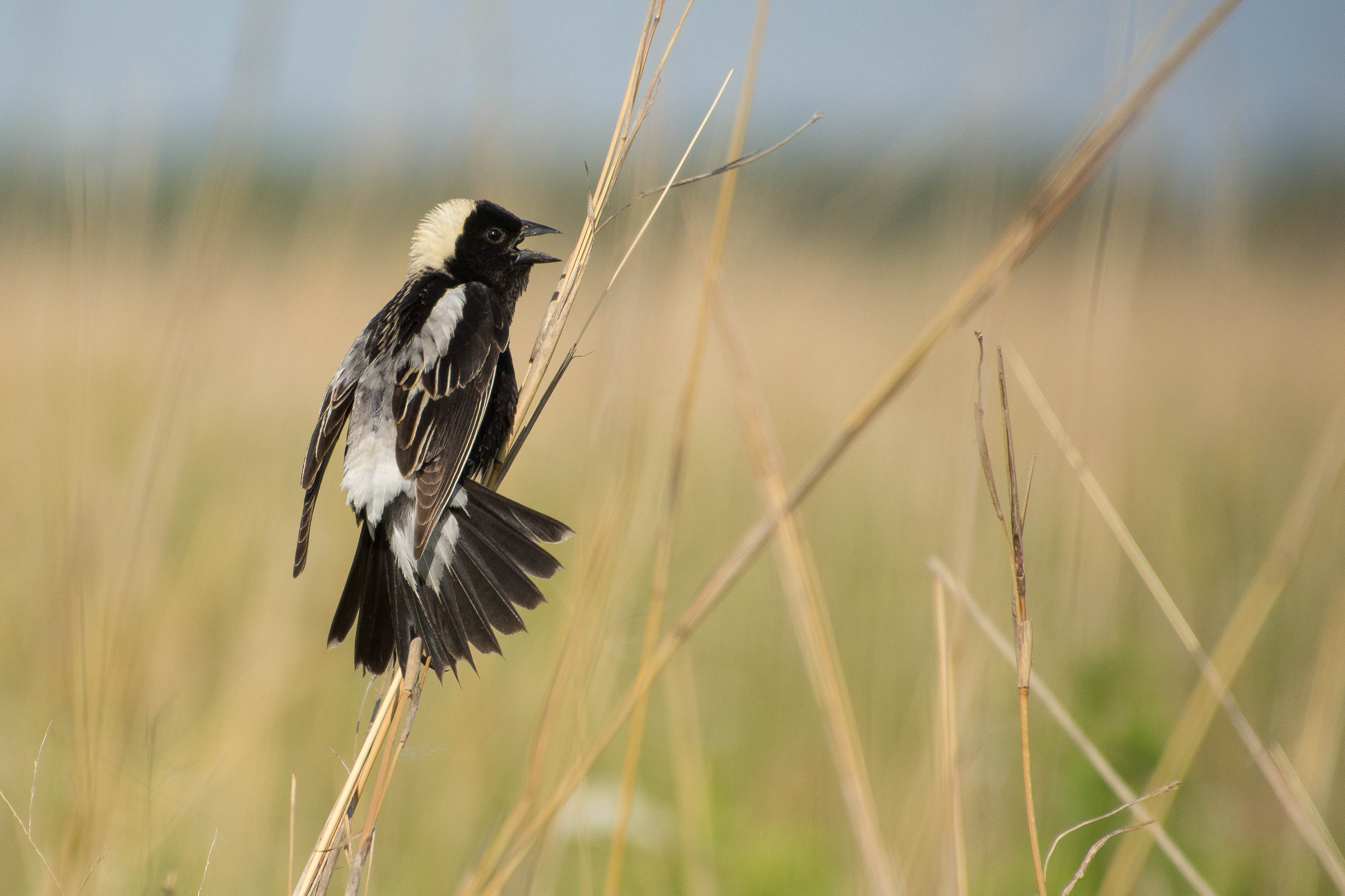
Herrick Fen Preserve
Herrick Fen Preserve features unique geologic, hydrologic, biologic and physical features that resulted from the retreat of glaciers during the last ice age, some 12,000–14,000 years ago. The 140-acre preserve hosts two special fen communities and an upland beech-maple forest. An easy 1.5-mile loop trail traverses both habitat types and their intersections, which together support a variety of bird species. Spring and fall migrants at this preserve: fox sparrow, bobolink, Blackburnian warbler, solitary sandpiper, rusty blackbird, cave swallow and brown creeper.

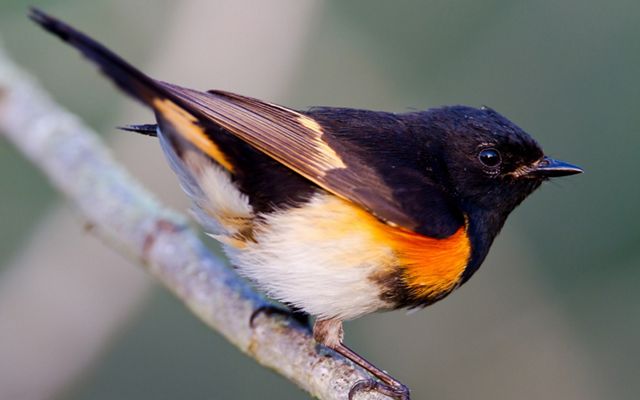
Brown's Lake Bog
The 100-acre Brown’s Lake Bog features glacial relict bog habitat, more than 20 rare plants and a plethora of resident and migratory birds. A one-mile-long hiking trail guides visitors through the bog and surrounding lowland swamp and upland kame forest. The Conservancy is working to maintain the existing open bog mat in order to support a wide array of plants and wildlife, including native bird species. Spring and fall migrants at this preserve: Swainson’s thrush, black-and-white warbler, American redstart, Blackburnian warbler and blue-headed vireo.
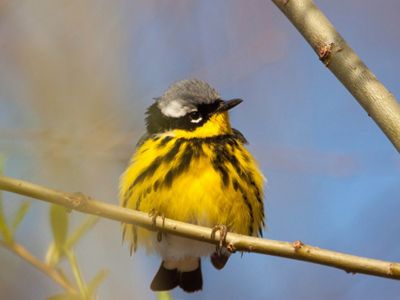
Big Darby Headwaters Preserve
This 800-acre Big Darby Headwaters Preserve encompasses a mixture of wetlands, streamside forests and old fields. The Conservancy has carefully restored the natural meandering flow of the headwaters of Big Darby Creek, improving the water quality of the mainstem, which is a popular corridor for many birds. More than 100 species have been documented within this region of Big Darby Creek. Spring and fall migrants at this preserve: veery, Swainson’s thrush, yellow-bellied sapsucker , brown creeper, Nashville warbler, blackpoll warbler, magnolia warbler and blue-headed vireo.
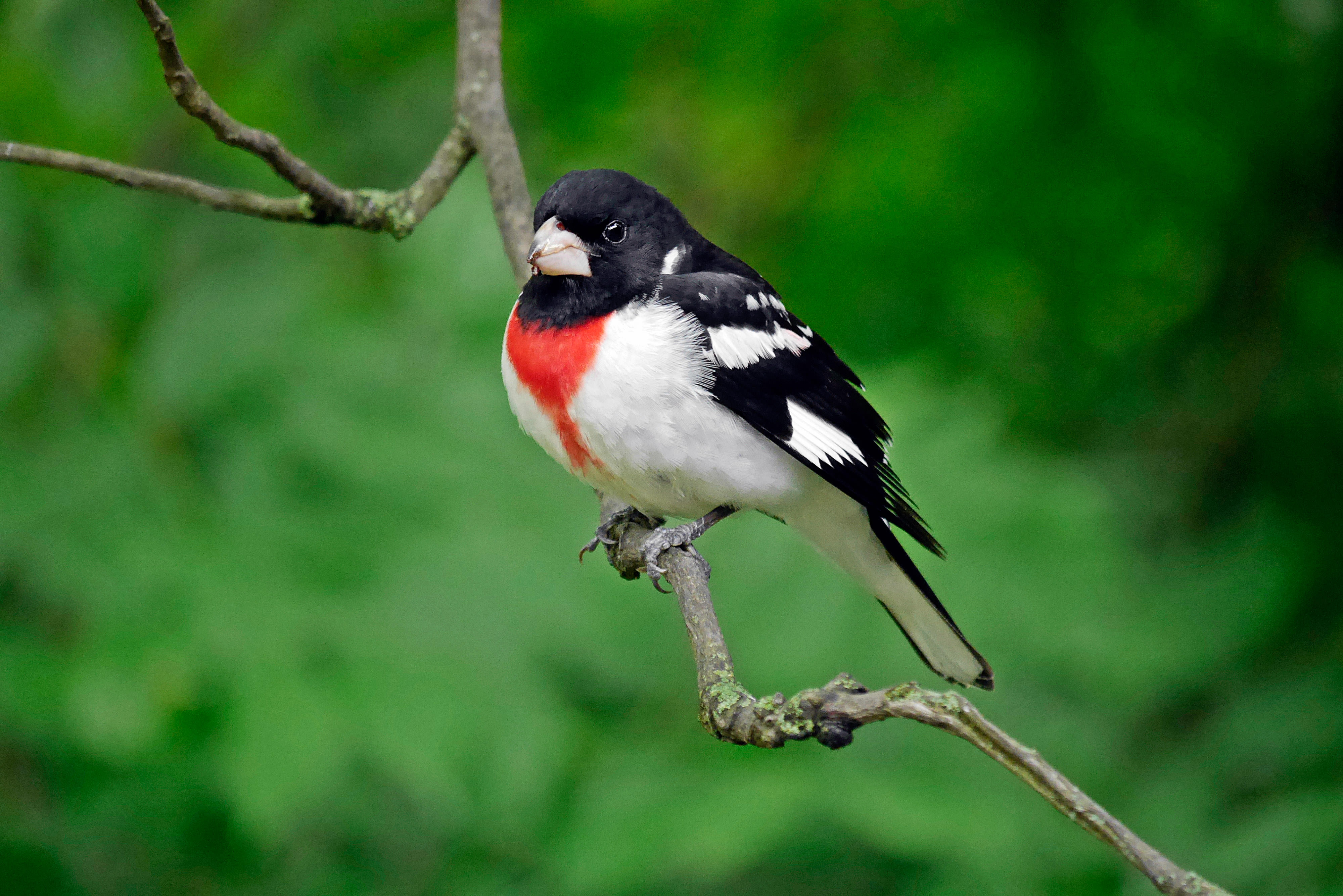
Edge of Appalachia Preserve
The Nature Conservancy’s 20,000-acre Edge of Appalachia Preserve is a crown jewel of southern Ohio’s forests. This area is one of the most biologically diverse collections of natural systems in the Midwest, encompassing rugged woodland, prairie openings, waterfalls, giant promontories and clear streams. This medley of habitat types supports a range of both breeding and migratory birds. More than 172 species of birds have been recorded at the preserve. Spring and fall migrants at this preserve: ruby-crowned kinglet, Swainson’s thrush, Cape May warbler, bay-breasted warbler and rose-breasted grosbeak.
Discover an Ohio Nature Preserve Near You and Plan Your Visit Today!
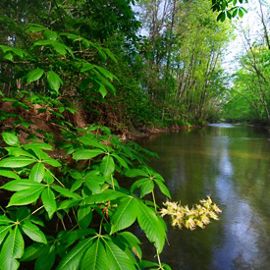
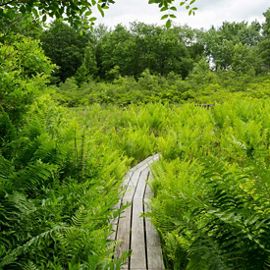
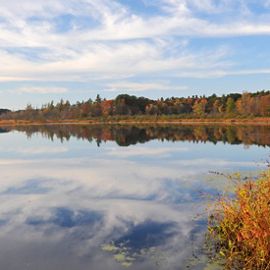
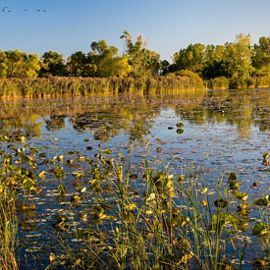
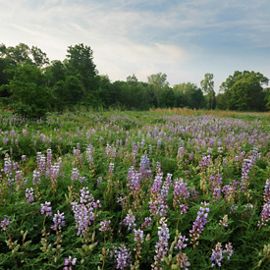
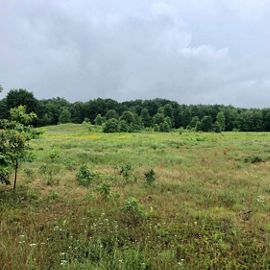
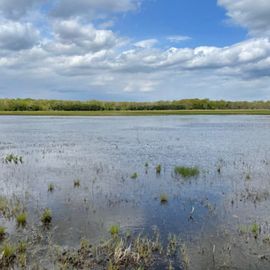
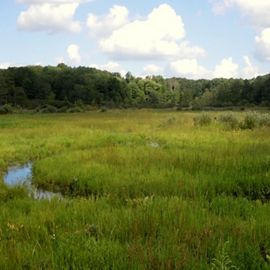
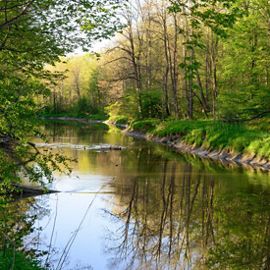
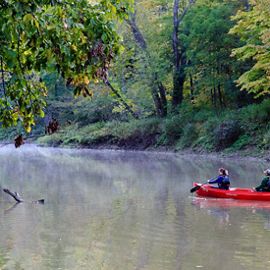
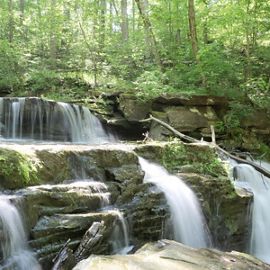
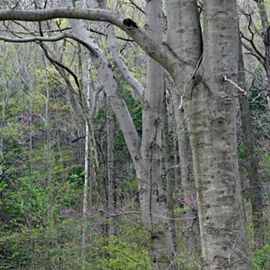
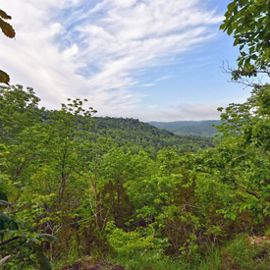
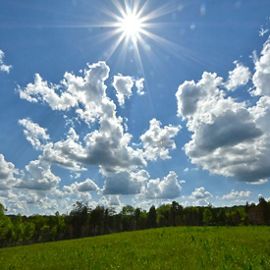
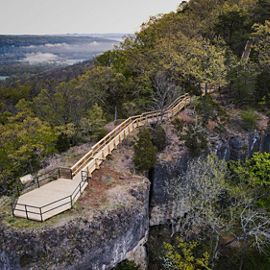
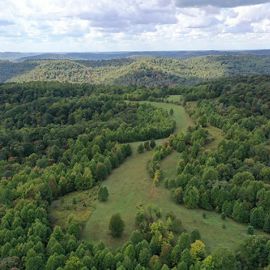
Ohio Open Preserves From hiking and kayaking to birdwatching and wildflower spotting, our preserves offer a diversity of outdoor activities that are fun for the whole family.

Get More Nature News
Get the best nature stories, news and opportunities delivered monthly.

